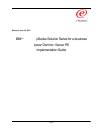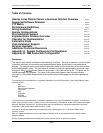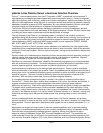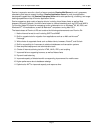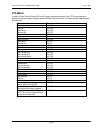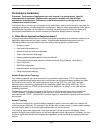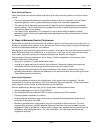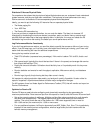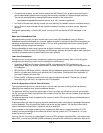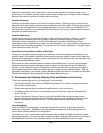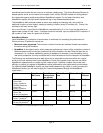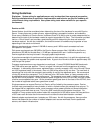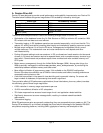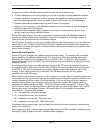
Distribute I/O Across Physical Disks
Our experience has shown that physical and logical disk structures are our customers' least understood
system resource, and the one most often undersized. The best way to boost performance on many
Domino servers is to distribute I/O across separate physical disk subsystems.
Ideally, you want to put the following I/O-intensive files on separate physical disks:
Ÿ The Notes paging file
Ÿ Your .NSF files
Ÿ The Domino R5 transaction log
If you can put them on separate controllers, too, so much the better. The idea is to increase I/O
throughput by distributing the work over busses, controllers, ports, and disks. Hence, several small
physical disks are better than a few large-capacity disks. In particular, the more you isolate the R5
transaction log from other disk activity, the better your server performance will be.
Log Performance Metrics Consistently
If you don't log performance metrics, you won't be able to quantify the success or failure of your tuning
efforts. If you do keep logs, you'll not only have a far better idea of what you're doing, you'll have a far
easier time documenting the need for additional expenditures.
Among the key metrics to track are:
Ÿ Total CPU utilization (expressed as a percentage). If this metric is above 70% to 80%, that's a red
flag.
Ÿ Disk queue length (typically this should be less than 2 items in the queue) and average disk service
time (should be less than 70%).
Ÿ Paging file size and utilization. Utilization should be fairly low, or it's probably worth it to buy more
memory
Ÿ Domino statistics and events for mail throughput, replication, Web server activity, and database
activity.
Ÿ Domino logs (log.nsf); they're boring but they often come in handy.
It's important to collect production data weekly, and analyze it monthly if possible. It's also critical to
capture "snapshots" of performance before and after major configuration changes.
For AIX systems, there is a Notes Agent for Performance Toolbox (PTX) that will monitor and report on
Domino Performance.
Optimize for Domino R5
Domino R5 does a great job auto-configuring and dynamically reconfiguring key parameters for
maximum performance. Here are some tips from the experts on how to tune the Domino R5 server itself:
Ÿ Set up the correct number of mailboxes. Multiple mail.box files reduce contention for mail deposits
and other mail-related activity. The biggest performance gains come when you add a second
mailbox. The rule of thumb we use is one mailbox for 1-200 users supported, two or more for
200-1,000 and ten (the maximum) for 1,000 or more users.
Ÿ For non-partitioned systems, let Domino dynamically set NSF_Buffer_Pool_Size. This is particularly
important in low memory server configurations, where a large buffer pool can interfere with the
kernel's memory management.
Lotus Domino Server R5 Implementation Guide June 18, 2001
Page 9



